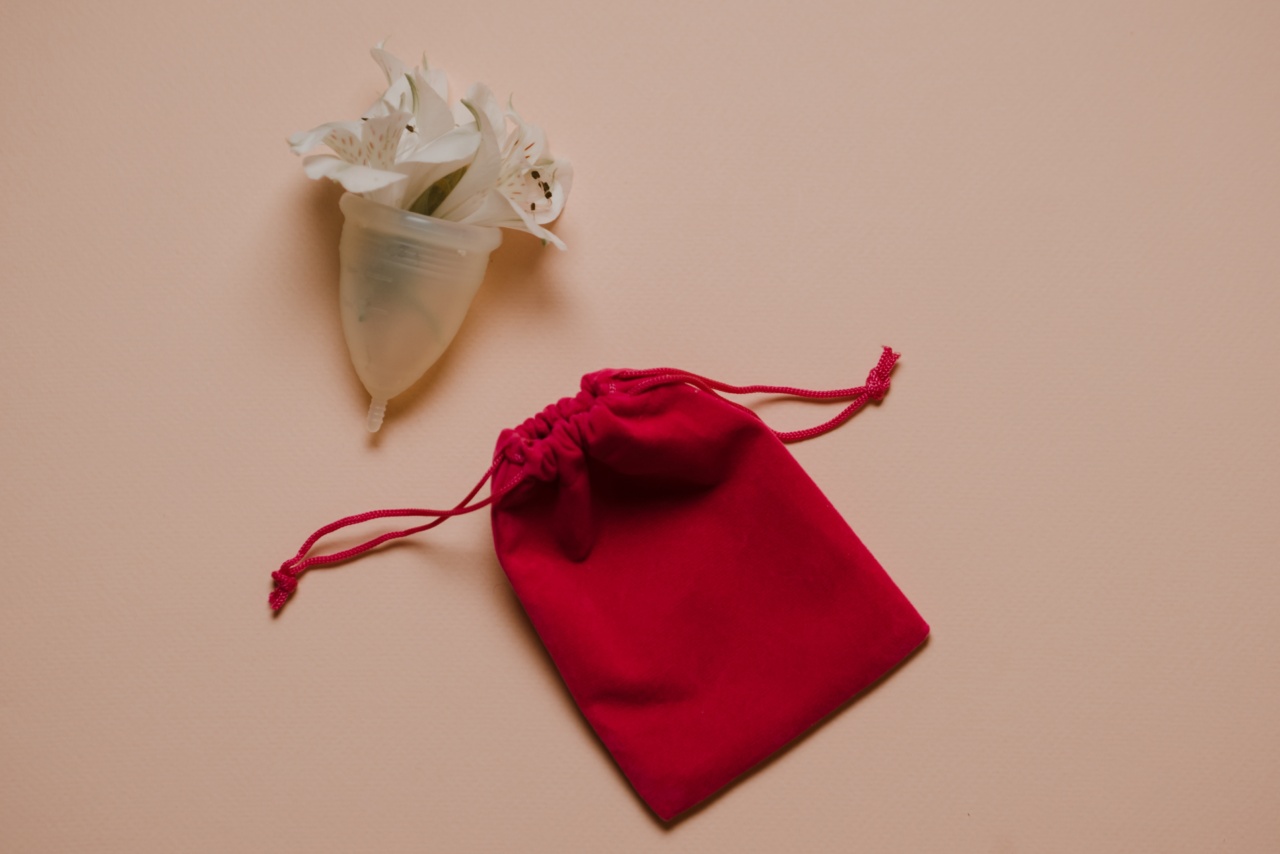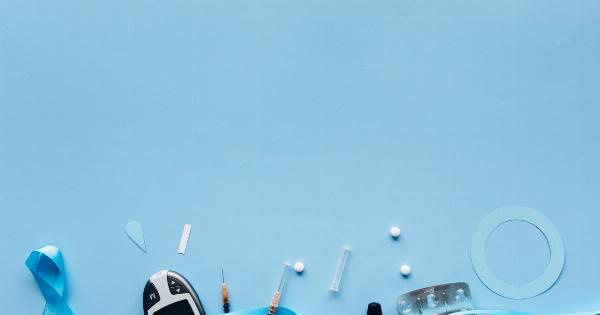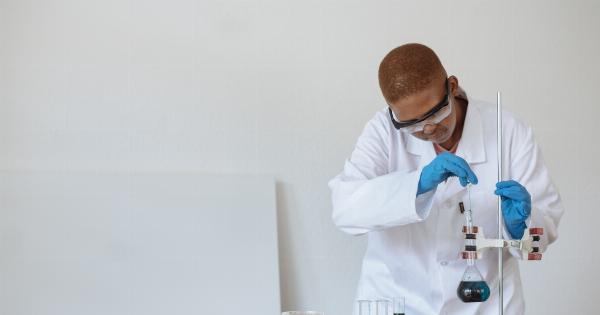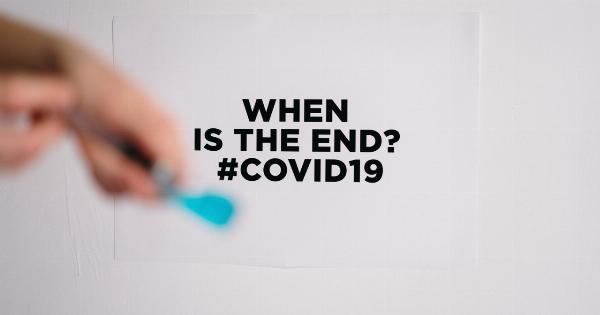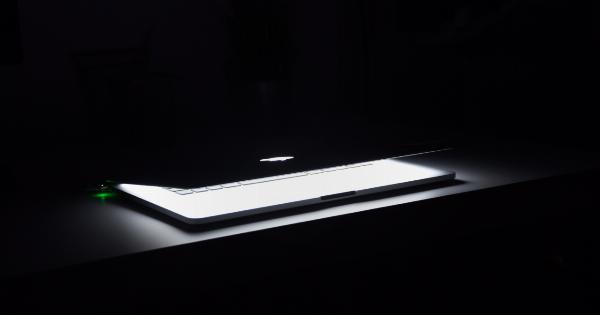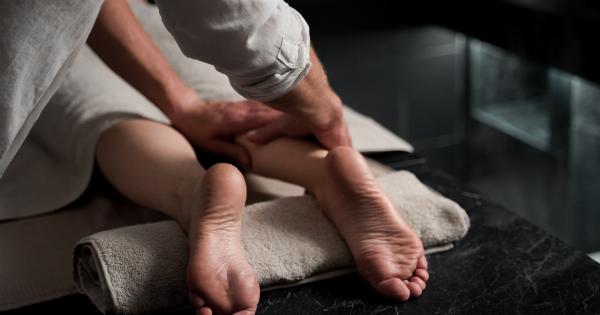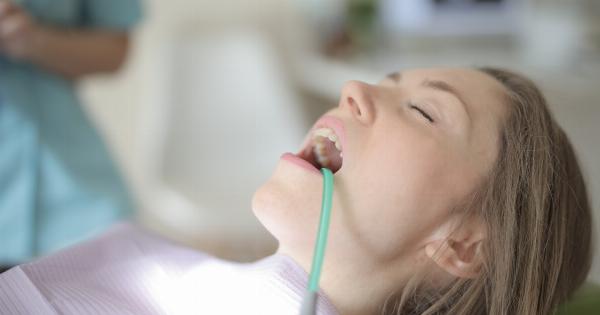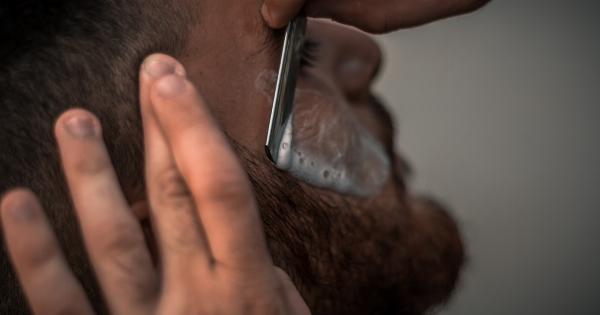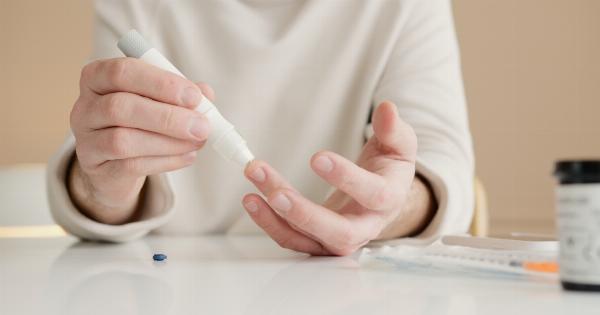Accidents happen, and when they do, it’s essential to know how to provide proper wound care. One of the most crucial steps in wound management is stopping bleeding.
Whether it’s a small scrape or a deep cut, controlling bleeding is vital to prevent further complications. In this article, we will explore various effective methods to stop bleeding and promote the healing process.
Understanding Bleeding
Before diving into the different techniques for wound care, it’s important to understand the types of bleeding one may encounter. There are two primary classifications of bleeding:.
Arterial Bleeding
In arterial bleeding, blood flows rapidly from the wound and has a bright red color. Arterial bleeding occurs when an artery, a blood vessel responsible for carrying oxygenated blood away from the heart, is damaged.
Venous Bleeding
Venous bleeding is characterized by a steady flow of dark red blood. This type of bleeding is caused by damage to a vein, which carries deoxygenated blood back to the heart.
Capillary Bleeding
Capillary bleeding is the most common type of bleeding and often occurs in minor injuries like scratches or abrasions. It involves slow oozing of blood from the damaged capillaries, which are the smallest blood vessels in our body.
Methods to Stop Bleeding
Now that we have a basic understanding of bleeding, let’s explore some effective methods to stop it.
1. Direct Pressure
The first and most immediate step to control bleeding is to apply direct pressure to the wound. Cover the wound with a clean cloth or sterile gauze and press firmly with your palm. Maintain constant pressure for at least 5-10 minutes.
If the cloth or gauze becomes soaked with blood, do not remove it; instead, place another layer on top and continue applying pressure.
2. Elevation
If the bleeding persists even after applying direct pressure, try raising the affected body part above the level of the heart. For example, if the wound is on the hand, raise the arm above the shoulder level.
Elevation helps reduce blood flow to the injured area, making it easier for clots to form and stem the bleeding.
3. Pressure Points
In situations where direct pressure and elevation do not effectively control bleeding, applying pressure on specific pressure points can be helpful.
Pressure points are areas on the body where a major artery runs close to the skin’s surface and can be compressed against an underlying bone to reduce blood flow. Common pressure points include the brachial artery in the upper arm and the femoral artery in the groin area. Use your fingers or hand to press on these points firmly, but be cautious not to cause any additional injury.
4. Tourniquet
A tourniquet should be used as a last resort, only in severe cases of uncontrolled bleeding. It involves applying a device, such as a belt or a purpose-built tourniquet strap, tightly around the limb, proximal to the wound.
The tourniquet should be placed 2-3 inches above the wound and tightened until the bleeding stops. However, release the tourniquet for 20 seconds every 15-20 minutes to allow essential blood flow to the injured tissues.
5. Hemostatic Agents
Hemostatic agents are substances that promote blood clotting, helping to stop bleeding quickly. These agents come in various forms, such as powders, dressings, or gauzes containing clotting agents like kaolin or chitosan.
Apply the hemostatic agent directly to the wound and maintain pressure for the recommended time stated on the product packaging.
6. Natural Remedies
Several natural remedies can also aid in controlling bleeding. Some household items like cayenne pepper, tea bags, or turmeric possess inherent properties that can encourage blood clotting.
However, it’s vital to remember that these remedies are not substitutes for proper medical care.
7. Seeking Medical Attention
If the bleeding does not stop within a reasonable amount of time or the wound is deep, long, or caused by a dirty or rusty object, seeking medical attention is crucial.
Medical professionals have the expertise to manage severe bleeding and minimize the risk of infection or other complications.
8. Wound Cleaning
Once the bleeding is controlled, proper wound cleaning is essential to prevent infection. Rinse the wound gently with clean water or a sterile saline solution to remove any dirt or debris.
Avoid using alcohol, hydrogen peroxide, or iodine, as these substances can damage the healthy tissues around the wound.
9. Dressing the Wound
After cleaning the wound, apply a suitable dressing to protect it from further injury and keep it clean. Depending on the type and severity of the wound, use sterile gauze pads, non-stick dressings, or adhesive bandages.
Change the dressing regularly or whenever it becomes wet or soiled.
10. Monitoring and Signs of Infection
Keep a close eye on the wound during the healing process. Look out for signs of infection, such as increased pain, redness, swelling, discharge, or the presence of pus.
If any of these symptoms occur, consult a healthcare professional for proper evaluation and treatment.
